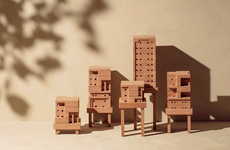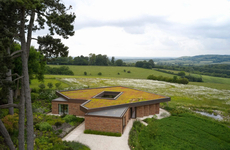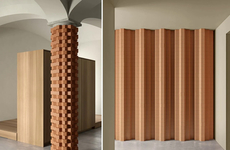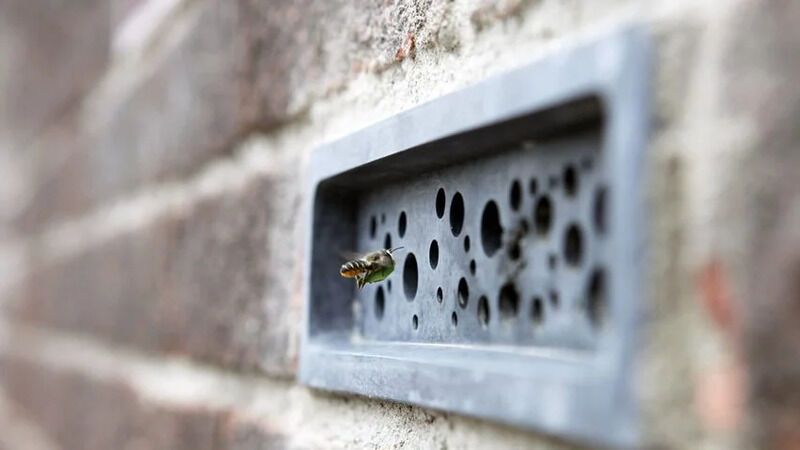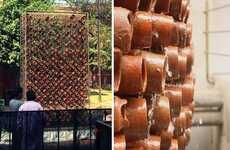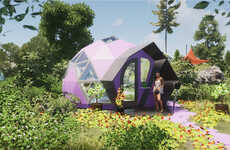
Brighton & Hove Council Enforce Bee Bricks to Replicate Known Bee Habitats
Elena Rahman — January 25, 2022 — Eco
References: greenandblue & dezeen
Bee bricks are becoming planning requirements for new buildings in Brighton and Hove, England. The new planning law aims to provide nests for solitary bees. All new buildings above five meters high should include bee bricks and bird nesting boxes suitable for swifts in an attempt to increase biodiversity.
Solitary bees make up nearly 250 of Britain's approximately 270 bee species. They play an essential role in the region's natural ecosystem and are in need of protection. The bee bricks recreate an existing type of nest that is popular with solitary bees. However, the habitat is becoming increasingly rare due to modern construction. Faye Clifton of Green&Blue is manufacturing bricks with shallow holes to foster the previous species.
Image Credit: Green&Blue
Solitary bees make up nearly 250 of Britain's approximately 270 bee species. They play an essential role in the region's natural ecosystem and are in need of protection. The bee bricks recreate an existing type of nest that is popular with solitary bees. However, the habitat is becoming increasingly rare due to modern construction. Faye Clifton of Green&Blue is manufacturing bricks with shallow holes to foster the previous species.
Image Credit: Green&Blue
Trend Themes
1. Bee-friendly Construction - Construction companies could create new building designs to incorporate habitats for solitary bees to increase biodiversity.
2. Sustainable Building Materials - Manufacturers can develop new materials specifically designed to provide habitats for bees and other essential pollinators.
3. Natural Eco-system Preservation - Organizations can join forces to promote the preservation of natural habitats by implementing regulations to protect bees and other critical species.
Industry Implications
1. Construction - Construction companies could become leaders in sustainable development by incorporating biodiversity-friendly architecture elements into their design plans.
2. Manufacturing - Companies within the manufacturing industry can develop and produce building materials that are biodiversity-friendly and specific to preserving natural ecosystems.
3. Environmental Conservation - Organizations dedicated to preserving the environment can work to implement new regulations, policies, and campaigns to guarantee the protection of natural habitats for bees and other vital species.
7.2
Score
Popularity
Activity
Freshness


